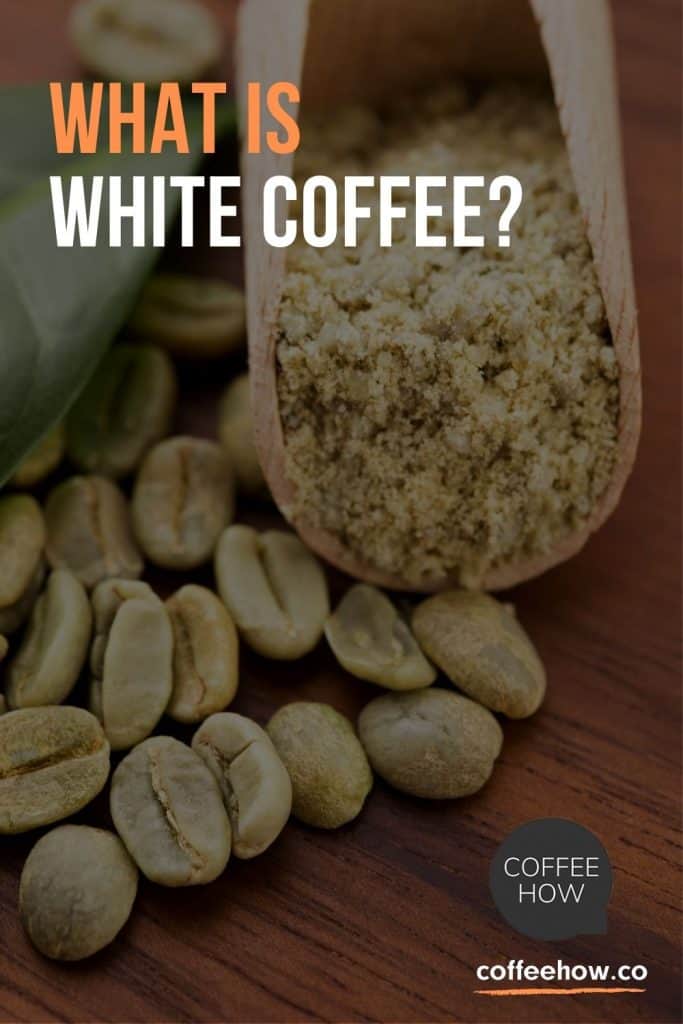An old debate “Espresso vs coffee.” This title reminds me of those old sci-fi movies…
The term seems simple enough: white coffee. But depending on where or who you ask, the answer to “What is white coffee” can be different things.
For some, especially in Europe, the term simply means roasted coffee with some kind of dairy or nut milk. In Australia, a flat white is an espresso drink with a smaller ratio of milk than a latte. That term is also catching on in the U.S.
The Malaysian White “Ipoh” Coffee refers to a way of roasting the coffee bean in margarine. It is then served with sweetened, condensed milk.
For this article, we are referring to a coffee drink made with barely roasted coffee beans. And by the way, it’s not actually white. The so-called white coffee bean is more of a yellowish color. The drink it produces is a light tan.

The coffee industry is big business in the US. It topped $85 billion in 2018, and shows no sign of slowing down. So, it’s no surprise that merchants continue to up with new ways to lure in customers.
This ultra-light roast is one of the more recent trends to hit American coffee shops. While it’s fairly new to the U.S., white roast coffee has been around in other countries for a very long time.
About its origins, many references point to Yemen. The truth is, almost any European coffee style originally came from Yemen. They held a monopoly on coffee production in the 1500s and 1600s.
But it is true that Yemeni coffee does have a tradition of brewing low-roasted coffee. The ancient tradition uses a spice blend known as hawaij. This blend includes may include ginger, cinnamon, cardamom, or cloves.
Hawaij as a spice blend dates back over 5,000 years. People used it in savory dishes, like soups, as well as giving white roast coffee a distinctive flavor.
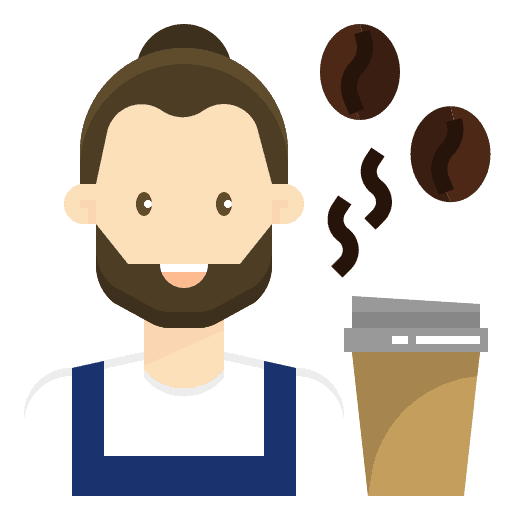
White coffee comes from beans roasted at a low temperature. Usually, the roaster never reaches 350 degrees. This process is also short, usually ending before the first crack.
The first crack is when the volume of the coffee bean expands and the bean becomes more brittle. If you want to try white roast coffee at home, you’ll want to buy pre-ground beans. Because of the under roasting, the beans remain very hard and will destroy most home grinders.
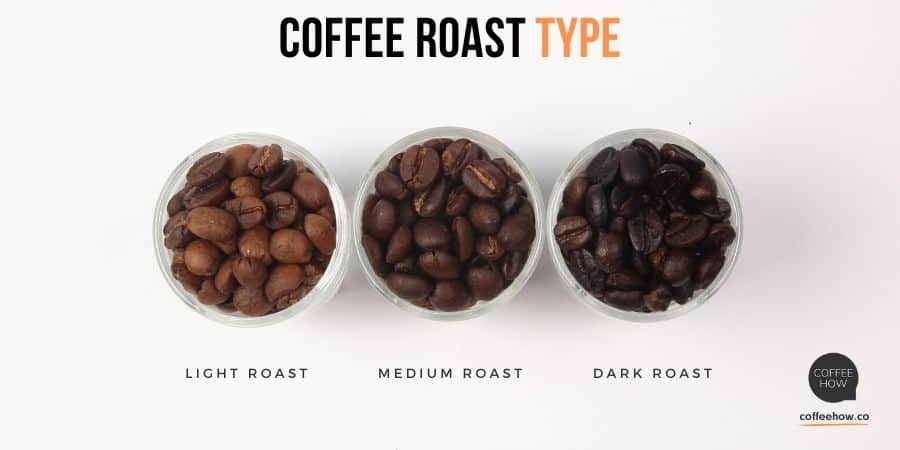
Even if you don’t like the taste of coffee, you might want to give a white roast a try. In general, people tend to compare the taste of a white roast to tea rather than a regular cup of coffee.
Much of the deep flavor of coffee comes from the roasting process. Thus, this lighter coffee won’t have the taste you might crave. This ultra-light roast has a mellow, somewhat nutty flavor.
Another distinction is that the white roast keeps more of the flavor of the original bean. Flavor varies widely depending on the varietal and growing location. That’s why white roast coffee from one company may vary from another.

White coffee tastes nothing like the coffee you’ve been drinking for years. That can be a good or bad thing.
If you love the smell of coffee but think it tastes too bitter, then the ultra-light roast may be a good option for you. This light-colored coffee has a bright, nutty, herbal flavor. It’s often compared to peanuts or peanut butter.
You may have read claims that white roast coffee is a healthier choice. This is primarily due to chlorogenic acid (CGA). Scientists believe that this compound has antibacterial, antioxidant, and anticarcinogenic properties.
CGA is abundant in green coffee beans, but the roasting process destroys the compound. A medium roast bean has about half the CGA as a green coffee bean. So, the lighter the roast, the more you get of this healthful nutrient.
In the end, you should go with whatever you prefer. While there may be some health benefits with under-roasted coffee, is it enough to switch? If you really love the taste of roasted coffee, nothing else will do.

Some say that white roast coffee can have twice the caffeine as a darker roast. Most reviewers of white roast coffee assert that they feel much more of the caffeine effect.
But when reviewing the literature over the last five years or so, it seems that darker roasts lose only about 5 percent of their caffeine. That would give white roast coffee only a slight caffeine edge.
In contrast, a 2019 study found that darker roasts actually have more caffeine than lighter roasts. This study looked at a huge range of variables, including if you measure by the number of beans, weight, or volume.
The study concluded that, when measured by volume, darker roasts had about 9 percent more caffeine. When you measure by weight, that number goes up to 32 percent. That’s a pretty big difference.
Regardless of the caffeine in the bean, deciding how to make white coffee will affect the caffeine content. In general, espresso coffee has less caffeine than drip or French Press coffee.
Also, keep in mind that the bean used makes a huge difference in caffeine content. Different brands will use different varietals, so if it’s a big concern for you, you should probably check with the company. You can also judge caffeine content based on your personal experience.

Drinking exotic white roast coffee is no longer restricted to fancy coffee houses! Many brands offer this type of coffee for you to brew at home. This roast is almost always sold ground because the bean is harder than darker roasts.
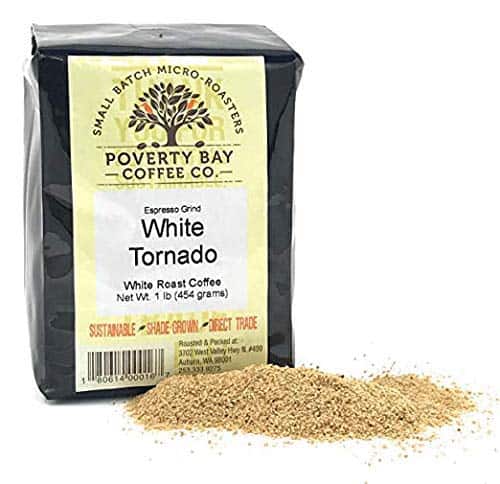
According to Poverty Bay, this white roast coffee has 50 percent more caffeine than their other coffees. The reviews seem to support that, looking at comments about the jittery effect. The flavor is sweet with a nutty aftertaste.
Poverty Bay roasts their White Tornado coffee to only 325 degrees. They only offer it in an espresso grind. The company has been operating in the Pacific Northwest for over 30 years.
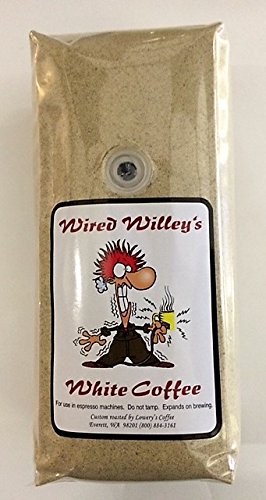
This is another caffeine-packed option that brings a nutty flavor and low acidity. Brought to you by Lowery’s Premium Roast Gourmet Coffees, this lightly roasted coffee comes in espresso grind. It has earned high ratings for flavor and caffeine power.

Alaska Artisan Coffee, formerly known as Alaska Coffee Roastery, offers this organic coffee. They are a small, family company located in Alaska.
You’ll also find this fully caffeinated white roast coffee under the name Polar Bear Blend. As with most white roasts, the body and flavor are more like tea than your typical medium or dark roast coffee.
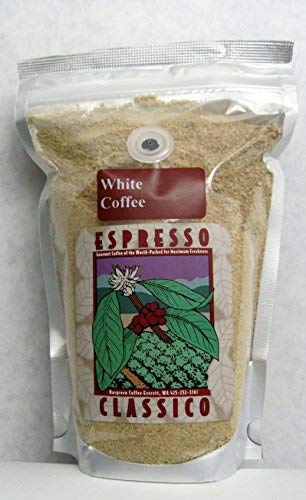
This white roast coffee is 100 percent low-acid Arabica beans to bring you a smooth, nutty cup of coffee. Bargreen’s Coffee is a family-owned, independent roaster with over 120 years of combined experience. Like other similar coffees, the Classico White comes only in an espresso grind.
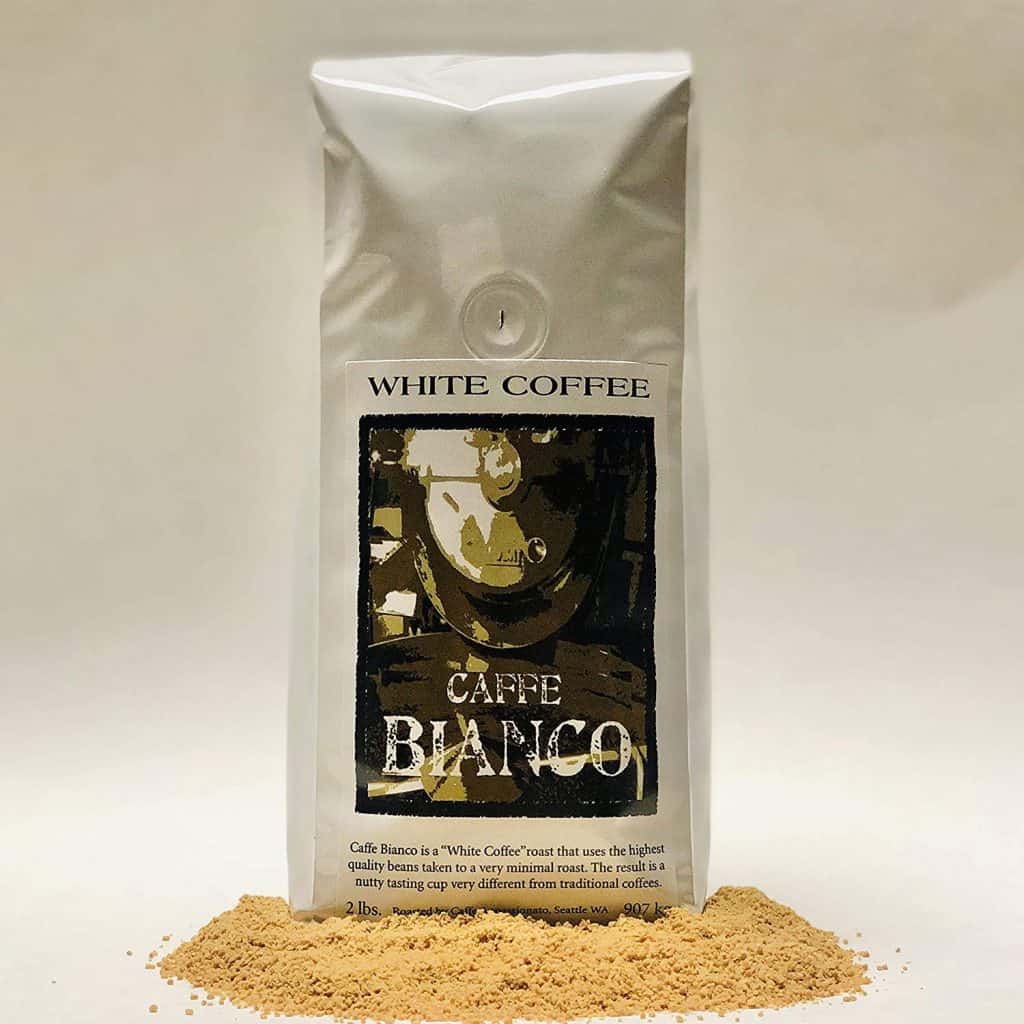
Caffe Bianco is a blend of 100 percent Arabica beans with an extremely light roast. You should note that this company grinds their beans a bit coarser than most other companies. It may be better suited for a French Press coffee maker.
They recommend that if you do use an espresso maker, you might want to discard the first pull then run water through the grounds a second time. This might be a cardinal sin to a barista, as that would create a horrible, bitter drink with a regular roast. But the white roast is anything but regular coffee.
This brand is not a newcomer to the white roast scene. They have been producing white roast coffee since their beginning in 1990.

You can enjoy white roast coffee hot or iced. It has a thinner body than a darker roast, so many prefer adding dairy or other nut milk. Almond milk goes especially well with the light, nutty flavor.
White roast coffee commonly comes in the form of a latte. For more flavor, you can add white chocolate, vanilla, or caramel. Nutty flavors like hazelnut also go well with a white roast.
My local coffee shop introduced white roast coffee as a brown sugar cinnamon breve. It was a heavenly treat!
We’ll assume that you’re starting with ground beans. Unless you have a super industrial-strength grinder, you should buy pre-ground beans. The ultra-light-roasted beans are more like pebbles and eat regular home grinders for lunch.
Do you want the higher CGA that white roast has but would miss the roasted flavor? You can mix white roast with a darker roast to get the best of both worlds.

Most people recommend brewing white roast coffee in an espresso machine. The heat and pressure help develop flavor and gives a richer body. Once you have your shot, you can choose from the whole range of options that you would with a regular espresso shot.
One important point when brewing white roast is that the grounds will expand. Especially when making espresso, you need to use fewer grounds. Do not tamp down the grind, or you might end up with a huge mess on your counter.
Depending on the grind, you may want to run the water through the grounds twice. I know how horrifying this might sound. But a white roast needs a bit more coaxing to get the full flavor out.
A Moka pot or Aeropress also uses pressure, so they would work well, too. Remember, the under-roasted bean has very different qualities than the darker roasts. You may need to experiment a bit to get the end result that suits your taste.
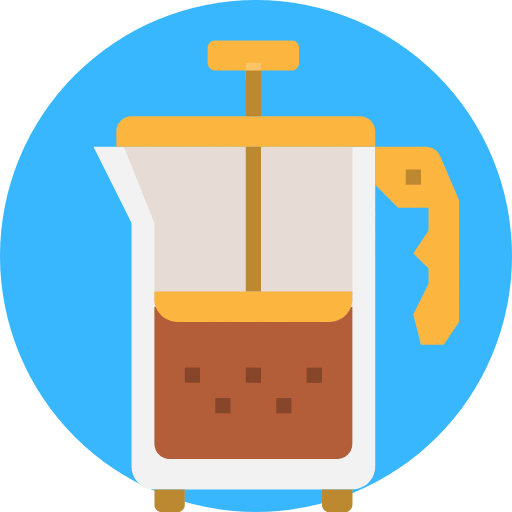
You can make a nice white roast drink using a French Press. The thing to remember is that the grounds will need to set longer than usual. You’ll want it to steep for at least 10 minutes. Unlike darker roasts, this will not make the coffee bitter if it sits too long.

Using a drip-maker for white roast coffee creates a very thin, watery drink. If you only have a drip machine, you might want to add some regular coffee grounds. Or, you can run some water through, dump it out, then run the water again through the wet, expanded grounds.
Ultra-light-roasted coffee is not a new thing. But it is a fairly new trend in the U.S.
It can be an exciting change from your usual caffeine wake-up call. Also, you might actually experience some health benefits from it.
The most important thing to remember when you’re trying white coffee is that it will not taste at all like your usual cup of Joe. It will also not act like your usual grounds in your coffee maker. Keeping those two things in mind, I hope you enjoy your foray into a completely new coffee experience!
